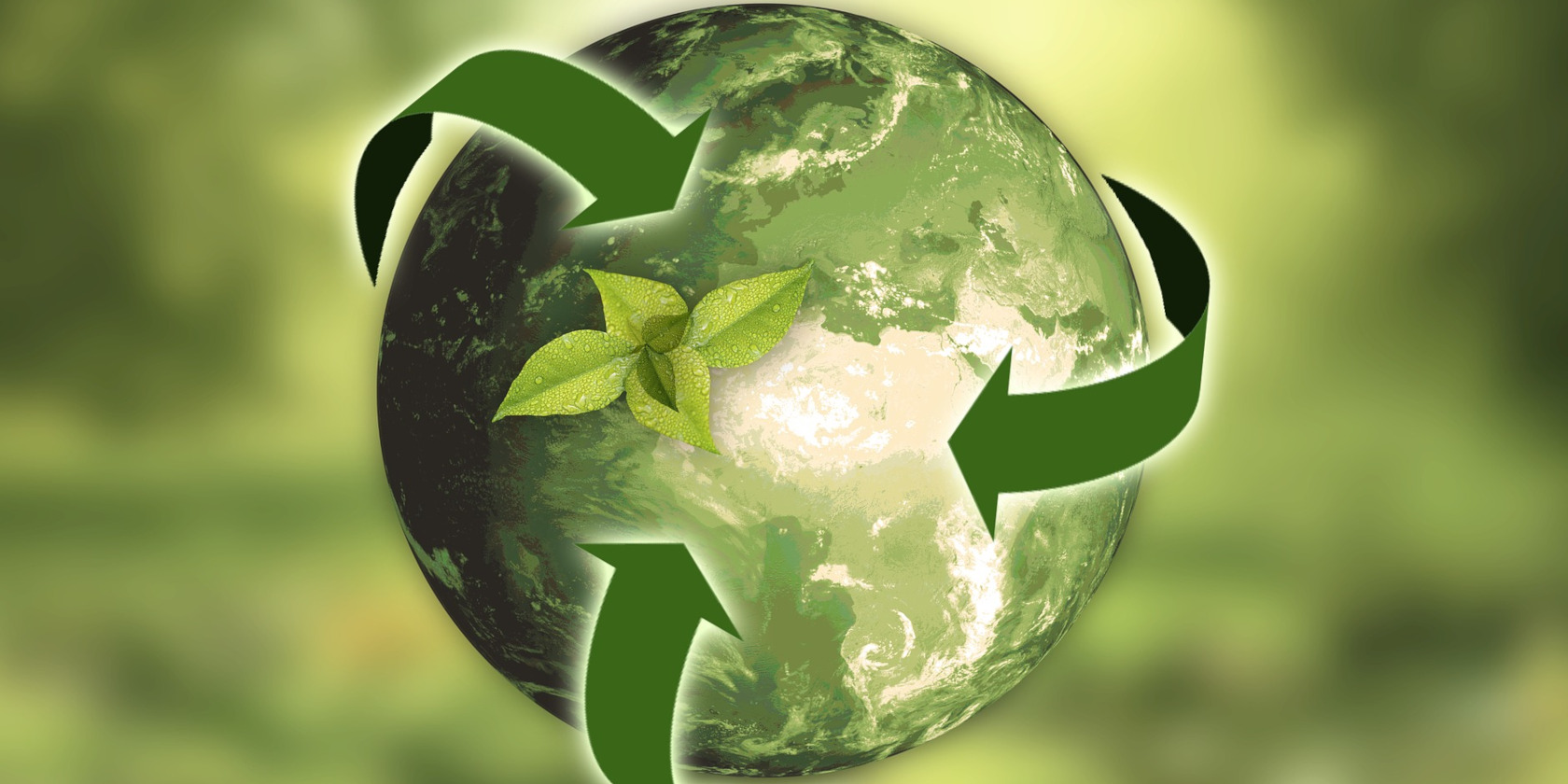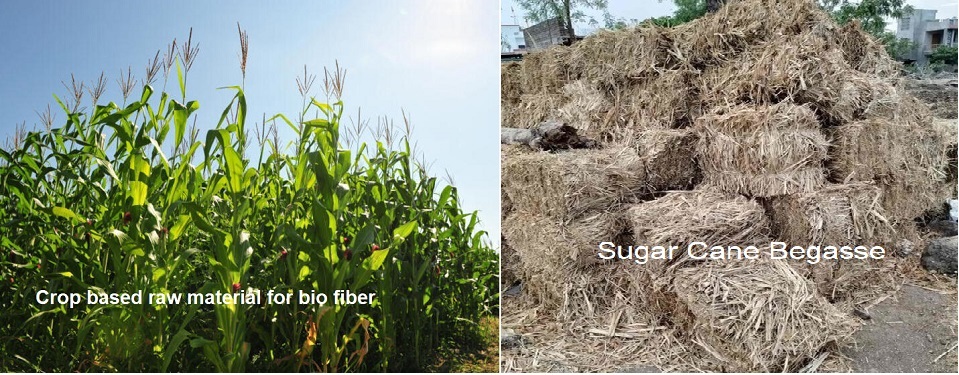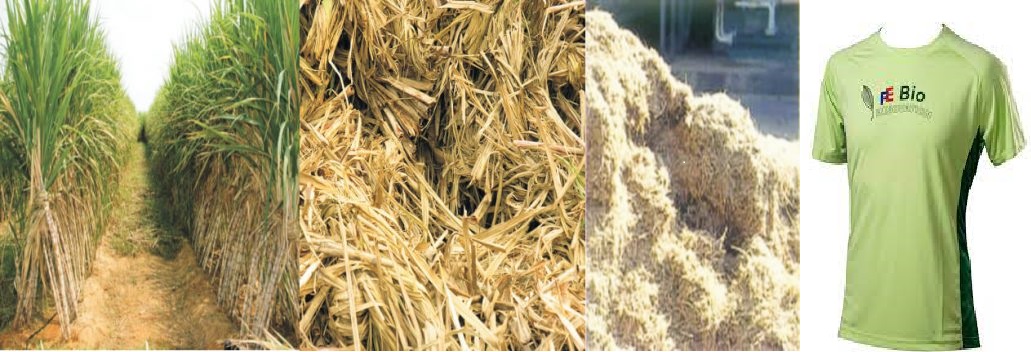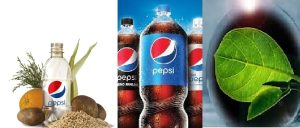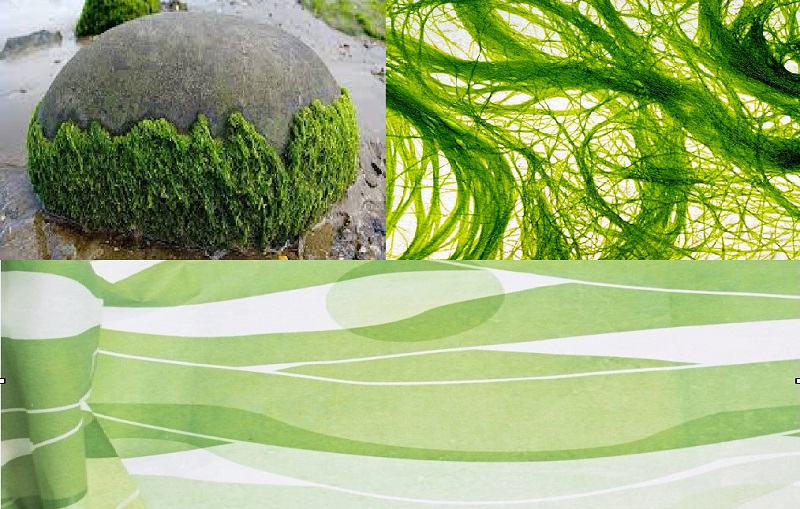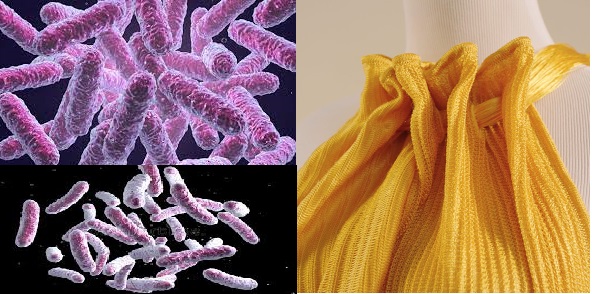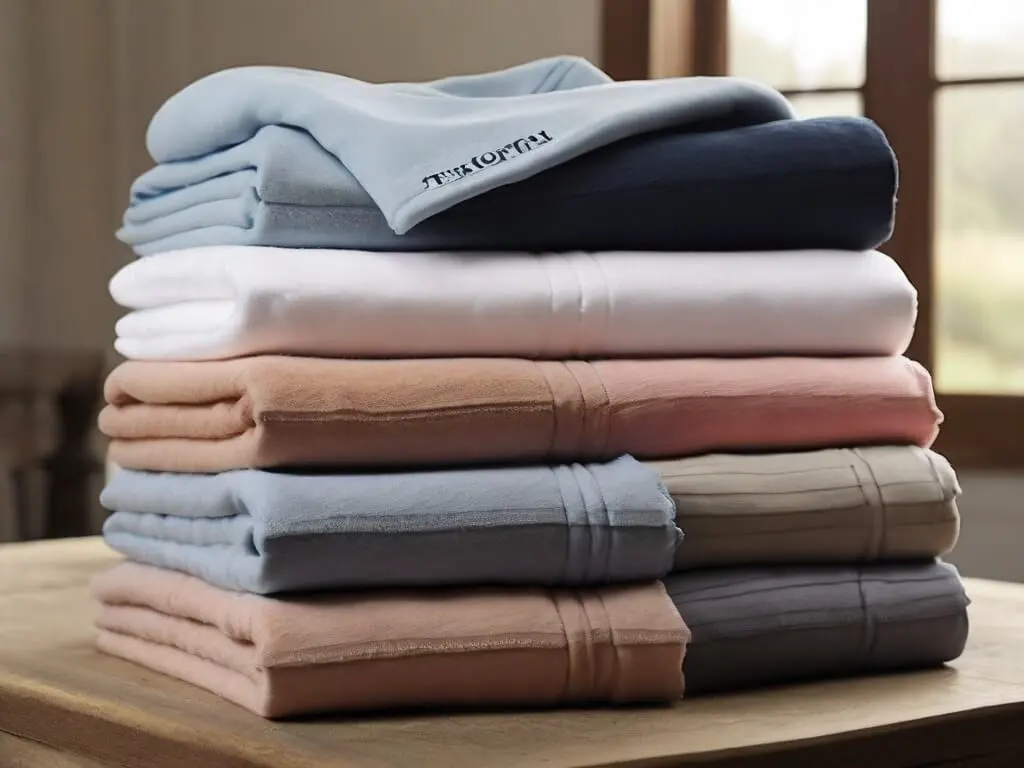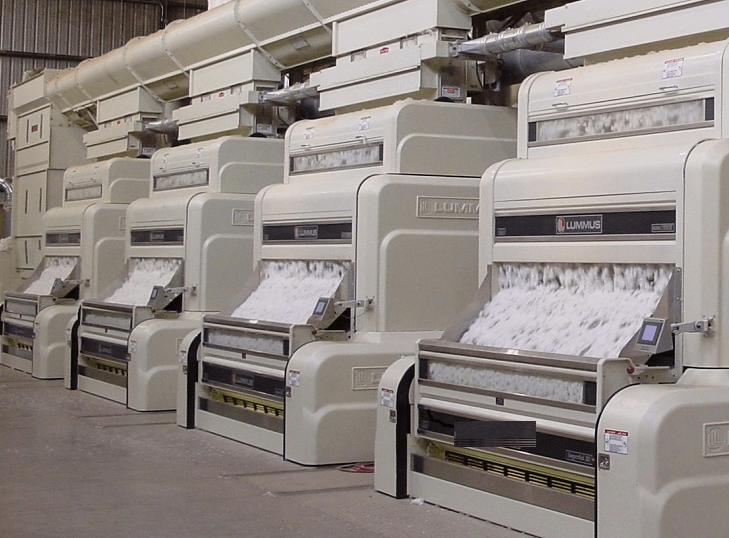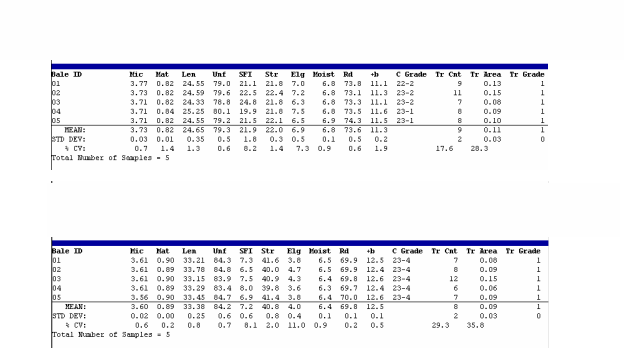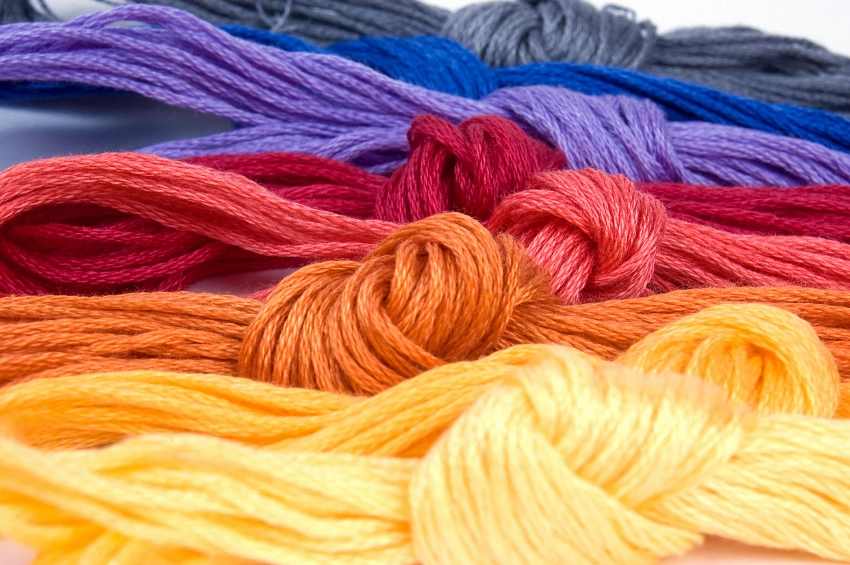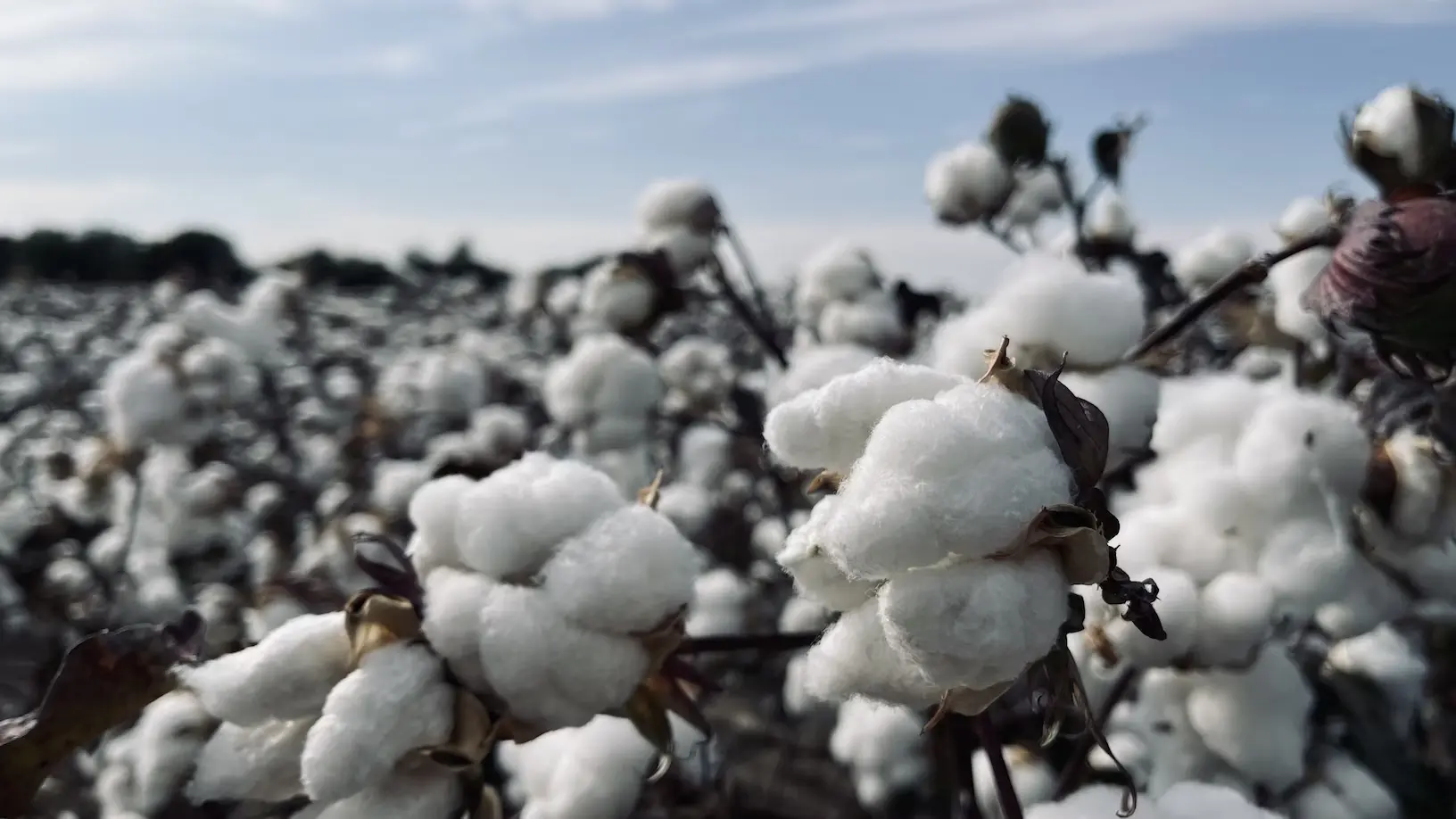Why sustainable fibers is important? Synthetic fibers are mainly derived from fossil-based and non-renewable resources. Total synthetic fibers used around the world have approximately a share of 60~64% of which polyester has the most around 54~55%. While other like rayon, polypropylene, elastane, and acrylic is 5~6%. These synthetic fibers have been dominant across the globe for the past three decades. And also will grow further if the situation remains the same for new fiber development.
What we seriously need an alternative for is polyester. Recycled polyester is a useless fabric and instead of plastic turning into new plastic it leaves the loop of recycling and ends up in fast-fashion garments that are not recyclable. Then there’s the issue with microplastics shedding from these garments as well. Cotton is not perfect but it’s a lot better in many cases. Good cotton may last for generations. And cotton is much healthier for use and if it sheds it’s organic. Cotton won’t end up inside your body like plastic does. Further option for organic materials. The bonus is you also smell lovely when your skin can breathe!
You may like to read about “Potato Fiber as a sustainable solution for the fashion industry”
Biosynthetic fibers
Biosynthetic fibers are those which are completely or partially developed from biobased materials. Conventional synthetic fiber is far away from transitioning to biodegradable and causes environmental damage and aids in climate change. Biobased synthetic fibers are an alternative to cheaper and fossil-based synthetic fibers.
- You may also like the post “Dyneema fiber an overview”
Raw material for bio-synthetic fibers
Processes are under development for the production of biosynthetic fibers raw materials include agricultural-based, forestry, and waste of food. Also, there is a variety of fibers that are under biotechnology research derived from feedstock like fungi, algae, bacteria, and enzymes. Further, Bio-based synthetic fibers can be derived from the starch of corn, sugar beets, sugar cane, and plant oils.
Benefits of bio-synthetic sustainable fibers
The world believes in sustainability now and has a significant opportunity to develop and improve future fibers that are renewable and biodegradable. Rather than using conventional fossil-based fibers. Biobased material has significant benefits for shifting in industry and society. A key benefit of these fibers has the potential to produce fewer greenhouse gasses and climate change over complete their life span over fossil-based fibers. Also, a key benefit of these renewable feedstocks has a short reproduction cycle that ranges from several days for algae and several years for plant trees. And also, is compared to much more fossil fuel-based feedstock.
- Biobased polyamides (nylon)
- Biopolyester
- Biobased PET
- Synthetic spider silk
- Algae-based fibers
- Sea cell fibers (seaweed fibers)
- Fibers from microbes/bacteria
- Nanolose fibers
Biobased polyamides (nylon)
Conventional polyamides are important industrial textile fiber which is currently produced through fossil oil petrochemical monomers. Besides this, we can get the production of important bio-based nylon through biological integration and chemical method.
Raw material for biobased polyamide (nylon) is caster plant through caster oil major raw material for production. Research is under process as it is expected over a few years it can be expanded to become an important textile fiber. Novel bio-nylon PA5.10, Arkema’s RISLAN, and Fulgar’s EVO are some names available.
For the production of the bio-nylon first system of metabolic engineering is used to create a microbial cell factory for the production as a polymer building block. In this way streamed lined accumulated diaminopentane without any product generated. Also, a further process of alkalized solvent extraction with two steps of distillation. This provided high pure diamino pentane (99.8%) is obtained which is then directly accessible for polycondensation. Polymerization process in the presence of sebacic acid, a ten-carbon dicarboxylic acid. Also, it is delivered from the oil of the caster plant. Resultantan a bio-nylon PA5.10.
Further in pure form and mixed with glass fibers novel 100% polyamide is achieved. Also, better melting and mechanical strength as compared with derived petrochemicals nylon polymer fibers. It has priority over conventional polyamide and has a 6% lower density, so it is used in energy-friendly transportation. Besides this, the production of novel bio-based nylon from renewable energy sources opens the way for sustainable biopolymer fibers. Also, with upgraded properties, and appears a milestone in industrial production.
Biopolyester
Developing sustainable and eco-friendly polymer material fibers is a suppressing challenge for the whole science and for polymer engineers. In recent years science has developed more mature techniques for bio-based monomers as a large number of monomers are emerging in the industry. Bio-based polyester has an extra range of application areas and better properties.
Bio polyester introduces and classifies into
- bio-based aliphatic polyesters
- bio-based aromatic polyesters
- bio-based elastomers polyester
Offering new insight into developed bio-based polyester is
- polylactic acid (PLA)
- bio-based engineering polyester elastomer (BEPE)
- poly(butylene succinate) (PBS)
- poly(ethylene 2,5-furan-dicarboxylate) (PEF)
- poly(ethylene terephthalate) (PET)
- poly(propylene terephthalate) (PTT or PPT)
- poly(butylene succinate) (PBS)
Raw material for polylactic acid(PLA) is from 100% renewable resources. Currently, a large amount of PLA is developed from corn starch. Lactic acid is produced by the fermentation of natural sugars. Besides sugar, other crops like rice, sugar beets, wheat, sugar cane, and sweet potatoes are also used. Further to avoid food-based crops explored using cellulosic-based feedstock. Like bagasse, straw, biomass waste, and wood. In this fiber category is Dopont’s SORONA fiber.
Since petrochemicals have immense pressure on the environment and biomass-based polyester gaining popularity. And also a number of researchers focusing and developing and industrializing bio-based monomers.
Lactide(LA) glycolide(GL) and e-caprolactone (CL) are natural materials produced are Aliphatic polyesters. These are biodegradable and biocompatible materials is an important class. Their main raw material is animal waste.
Using ester linkage a bio-based aromatic polyester is produced using a chemical reaction. It is available only in laboratories and not available commercially.
Bio-based elastomers polyester at room temperature has a wide extensibility. Also, it is used in combination with some materials to get plastic and fiber. It is a newly emerging type of synthetic polymer in recent decades, examples are Vista-max
Biobased PET
(Polyethylene Terephthalate)
Using biobased ethylene glycol today available partially biobased PET. It is extruded through melt-spinning techniques. A fully renewable biobased PET has been produced on a laboratory scale. It is used as a thermoplastic material for bottles, film, or textile fibers. It has 70% terephthalic acid and 30% mono-ethylene glycol(MEG) by weight for packaging purposes.
Bio mono-ethylene glycol(MEG) is derived from ethanol which is extracted directly from sugar canes. Besides this, it is 25% more expensive than conventional fossil fuel PET. It is a 100% renewable raw material. And also has advantages over conventional PET in terms of weight thermal and barrier properties. Bio-based pet is a 100% renewable raw material. Also, it has advantages over conventional PET with barrier strength and thermal properties.
Synthetic spider silk
Made of proteins that hold as a water-based solution before being spun into fibers in a gland called a spider’s silk gland. It has a tensile strength of 895MPa and stretchability of 44.3% among the strongest fiber in the world. Spider silk has extensive flexibility and strength. And also has better experience in consumer and commercial applications.
To date, it is difficult to get the mechanical properties using a non-protein approach without synthetic spider silk. Spider silk is derived from the water evaporation induced by silica nanoparticles and polyacrylic acid from hydrogel fibers.
Different companies developed commercially by such names as Spiber from Japan, Kraig Bio-craft from the USA, and Amsilk from Germany.
Algae-based Fibres
Algae (seaweed) is a novel source of bio-based fiber of the future. It is a diverse and large group of unicellular organisms with eukaryotic
photosynthetic found in aquatic ecosystems. It lacks true leaves roots and stems inhabited by the plant. Also, Algae is a useful bioactive product that can convert carbon dioxide from the atmosphere to bioactive products.
Cotton is grown on a large scale likewise conventional fibers. Also, pesticides and chemicals are used to increase yield. Cotton needs to grow about 2700 liters of fresh water for one person’s cotton usage for two years. The conventional method is about 10% in carbon emissions. Also, more than 15% are textile recycling in another study. Water consumption is reduced in algaeing’s fibers as claimed by Algaeing CEO Renana Krebs. Algae are grown in vertical farming using seawater and solar energy. Since this is an environmentally friendly and cost-effective approach.
It is used for wastewater treatment and is also a rich source of fatty acids, vitamins, and minerals. And a sustainable source of bioactive food ingredients and medicinal products. Also, cutting-edge technology to enhance growth and obtain products commercially. Besides this, it is a source of dyes and fibers. In a study, it is found that algae-based dye is allergen-free and has non-toxic antioxidants. Also rich in other natural nutrients that are extremely beneficial for skin health. Furthermore, the company Algaeing produces nontoxic and natural fibers that are biodegradable.
Algaei has an important aspect of zero pollution and waste. Further, a unique process with the addition of cellulose fibers to a liquid formula to develop fiber called algae biobased fibers.
Sea Cell Fibres (Seaweed fibers)
Sea cell textile fibers are made with seaweed. Also, seaweed is a type of algae plant mostly abundantly found in oceans and many coastal regions. It is a sustainable and versatile fiber found in textiles getting popularity. Uses in sportswear, underwear, loungewear, and home textiles. Also have soft silky furnishings and high levels of comfort. Seacell is the most compatible fiber that leads a health-conscious and active lifestyle.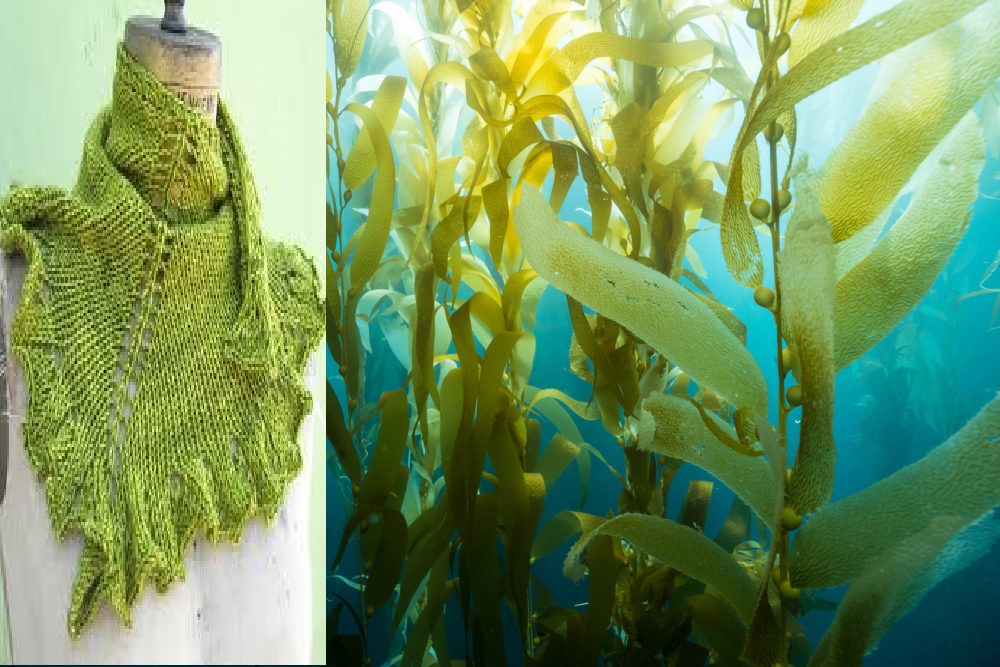
Furthermore, seaweed is used firstly dried, ground to powder, and then combined with pulp to obtain breathable and softer fibers. Smartfiber AG, Germany has a patented and exclusive sea cell fiber producer.
Fibers from Microbes/Bacteria
Sugar plant waste along with microbes using engineered biotechnology fiber structures produce which might replace manmade fiber in the future. Also, fiber produced by microbes is transparent naturally like nylon. The fiber produced is stronger than kevlar and good tensile strength than steel.
Nanolose sustainable greener fibers
Nanolose is a rayon fiber but the basic difference is plant-free viscose rayon fiber. It is a sustainable fiber that can be an alternative to plant-based rayon fiber. And also, will have a positive impact on cutting down trees and chemical processes in development. Each year we cut down a huge amount of trees to produce wood-based like viscose rayon. In years 2019, an Australian company developed a feature of sustainable fibers that is plant-free and based on biomass waste. Nanocelose is derived using microbes that convert biomass waste into microbial cellulose. Which is then further into viscose-rayon using nano-lose technology.
According to market research, the current market of rayon is $12 billion, which will further expand to $20.2 billion in three to five years. This growth is unexpected due to high cotton prices in the market. And also the need to be less dependent on polyester fiber for a greener eco-friendly environment.
Nanolose fibers are used as normally as basic rayon fibers.
Bio-based fibers are getting traction with footwear household brands, clothing, and medicated fabrics too due to the reason of being renewable, sustainable biodegradable, and environmentally friendly. Besides this, it has the potential to mitigate climate change compared with conventional fossil fuel-based fibers. Biosynthetic textile fibers are steps ahead toward a bio-based economy with a wider vision.
